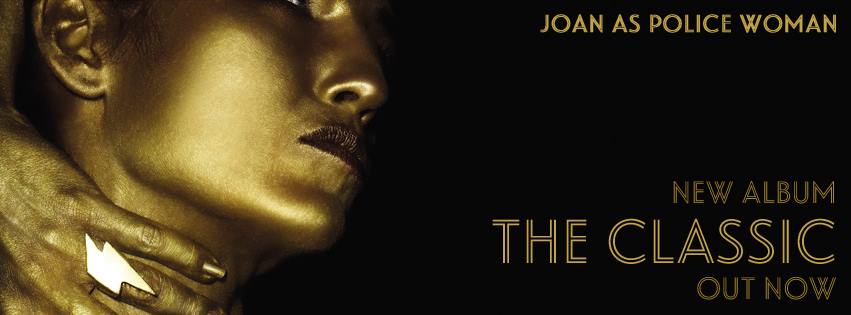Sometimes it does what it says on the tin – but elsewhere track sequencing and the mix mean that this album ultimately frustrates.

Joan Wasser is not alone as an artist whose first shot at a full-length remains their best some years later. “Real Life” is an excellent LP and still easily bosses “To Survive” and “The Deep Field”. To go solely from the title you might have fervently hoped for a career-defining effort. Instead what you’ve got is another record that fails to hit the heights.
One of the problems is that Wasser spanks three of the album’s punchier tracks straight off the bat. It’s inevitable that side two will feel saggy when you do that. The appearance of the upbeat and good “Shame” at track seven merely serves to emphasise the lack of flow and pizazz, standing, as it does, all on its funky lonesome.
The sequencing issues on their own are a major issue – what hope an LP that undermines its ability to keep you engaged ? Two more problems beset The Classic, each underlining the unbalanced infrastructure. First there’s the length of the songs: an average of over five minutes a pop, with three clocking in over six minutes. None of these is exactly rivalling Pink Floyd’s yawnathon “Echoes” but even something as snappy as “Holy City” outstays its welcome with its distracting and unnecessary improv outro. Occasionally it just about works out, such as on “Good Together” where the final movement accurately conveys the sense of shameful inability to escape addiction, but too often it feels aimless and saps the album of momentum. Second there’s the production, the mix: underpowered where it should be ramping up, polite where it should be visceral, and over-polished where it should be rough. I adore the opening moments of “Get Direct” – the recording captures an incredible range of noise, like the best of sound in film: Wasser’s lips, skin moving over skin, her breathing as she sings the opening lines, the barely audible but colossally deep bass. But from there it becomes too tasteful, flirting with lounge piano and dinner-jazz.
Despite these drawbacks, there are some major highs, such as the cracking lead track (above). “The Classic” isn’t that much like the doo-wop of old (just because there’s some wordless backing vocals and rhythm provided by voices doesn’t make it doo-wop in my book) but who cares ? It’s immensely hummable (I spent days irritating the shit out of people at work with it), utterly joyful (“you threw out all my devils to make room for monumental love” – YES !) and insanely catchy (just try singing “C-L-A-S-S-I-C” repeatedly without mistakes).
“Holy City” the second single, is also a peach until that cuttable final minute-or-so. The sense of rush as it approaches the chorus is compelling, and there is real thud and fuzz in the bass giving the song terrific propulsion. “Shame” was also an early favourite, particularly for the vocal break that precedes the chorus (“yeah it’s a dictator, a dirty space invader”) and the bass that dodges in and out of the other instrumentation. Elsewhere, the juddering guitar and shimmering drums give “New Year’s Day” an affecting melancholy and final track “Ask Me” delights with its tinkling piano, bouncing ska organs and a quiet bass that for once works well to augment but not overwhelm a delicate song.
6/10
Read on:














No Comment